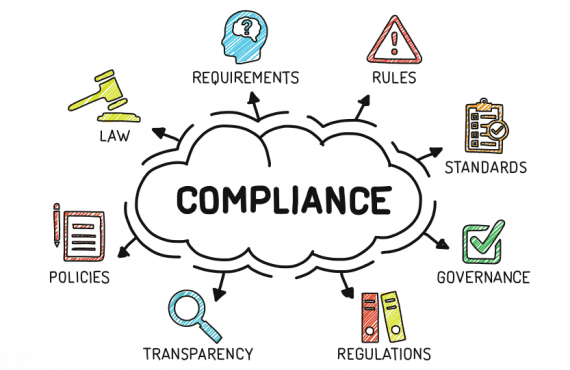At least 25 percent of all businesses that close due to a disaster—natural or otherwise—fail to reopen again, striking a blow to the communities they serve, according to official figures. This is a statistic which can be reduced by sufficient emergency preparedness, according to senior spokespeople from the Administration for Community Living at the US Dept. of Health & Human Services.
Speaking on a live “emergency preparedness planning webinar” broadcast on September 26, 2017, the two ACL officials— Regional Administrator Kathleen Otte, and Aging Services Program Specialist Rhonda Schwartz—said that it was important that community-based organizations which serve a public re-open as soon as possible after an emergency so that they may assist in serving the community.
The closure of a facility is not always only due to damage to infrastructure, but can also be the result of insufficient forward logistical and financial planning—which in turn can be aggravated by clients leaving the facility after a breakdown in the care being provided.
They recommended that all SNFs conduct a “Business Impact Analysis” (BIA) which they described as a “process for determining the potential impacts resulting from the interruption of time sensitive or critical business processes.”
A well-thought-out BIA will predict the consequences of disruption to a business process and gather information needed to develop recovery strategies, they said.
In this regard, SNFs should consider the following factors:
– The identification of potential impacts if business functions or processes are interrupted;
– A core understanding of the organization’s functions and services;
– Clear demarcation of which staff are responsible for specific functions in the event of a disaster;
– An identification of those functions and services which are critical, and those which are less so—and a prioritization bearing in mind patient care and the future survivability of the facility itself;
– An evaluation of the impact of various disaster scenarios on services to clients. For example, if an organization delivers meals to clients at home, how would those meals then continue to be delivered should facilities be inaccessible?
Included in this assessment should be an overview of the personnel requirements, as an interruption is most likely to affect the services provided by staff.
The financial aspects of how a disaster affects a facility’s survivability is vital: How long will it take before the loss of income affects the delivery of an organization’s services, the officials asked.
How many payroll periods can an organization meet with no direct income? How many vendors will get paid? Which ones? What is the organization’s cash reserve?
How do services impact the organization’s functioning? (For example, if fee-for-service is crucial to operations, what will happen if those services cannot be performed?)
An emergency preparedness plan should also consider the facility’s requirements in terms of vehicles, computers, phones, and so on.
Alternative work sites should be identified and held ready for staff to work from should their normal offices become unusable. This includes preplanning on where the organization’s information—including, but not limited to, corporate records, financial information, client records, employee emergency contact information, checks, passwords, vendor list, and insurance details—will be kept or maintained.
Avoiding a physical and financial meltdown can be achieved by identifying the critical business processes and resources needed for the business to continue to function at different levels, the two ACL officials continued.
An emergency plan should furthermore document the potential impacts resulting from disruption of business functions and processes, and scenarios “resulting in significant business interruption should be assessed in terms of financial impact, if possible. These costs should be compared with the costs for possible recovery strategies.”
These strategies can include, for example, a switch to electronic records on a web-based computer system, the preparation of a line of credit to help cover costs, and business interruption insurance.
All of these scenarios need to be factored in to emergency planning, and even though they are not mandatory, they might very likely contribute to a facility’s ability to survive the long-term effects of a disaster.














































